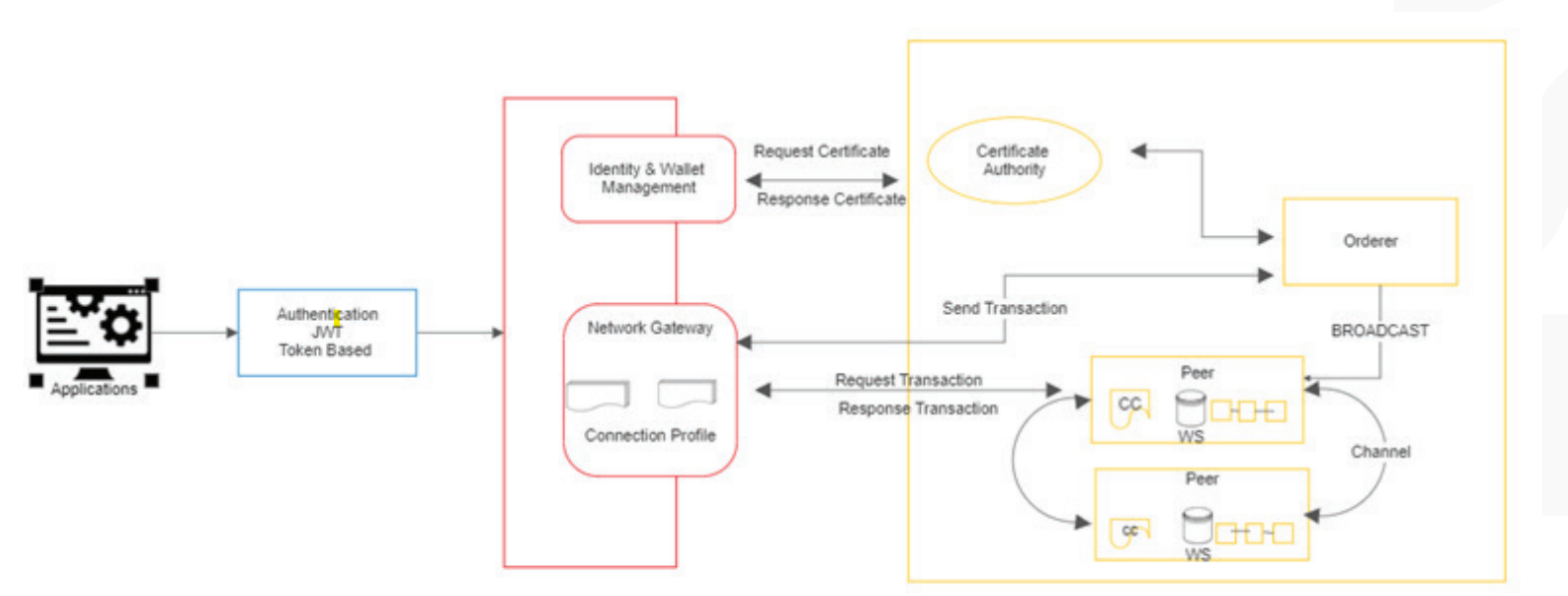Case Study
A walkthrough of a blockchain implemented in HyperLedger Fabric focusing on enterprise–level organization
In general, it can be defined as a distributed database that acts as a ledger that helps in recording transactions and tracking assets in a business network. A blockchain can store digital information in blocks with certain storage capacities and when these are filled, they get linked to previously filled blocks to form a chain of data.
Blockchain technology was made popular by the cryptocurrencies Bitcoin and Ethereum, but it offers real potential benefits for businesses outside of the cryptocurrency industry
In this case study, we walk through a Hyperledger Fabric reference blockchain with the goal of demonstrating its potential usefulness for enterprise-level businesses.
Executive Summary
When it comes to adhering to financial and governmental rules, one needs to understand the difference between public and permission networks in order to increase the visibility of blockchain as a tool at the organizational level. Hyperledger fabric blockchain is still untapped, despite the fact that many emerging blockchain technologies have been modified to work in the enterprise business.
HyperLedger Blockchain is an umbrella project of open-source blockchains with a number of frameworks for distributed ledger underneath. It is modular and is supported by Linux Foundation. It provides the infrastructure to implement permission blockchain networks with custom mechanics. The framework is written in “GO” Language.
Technology
- HyperLedger
- NodeJs
- GO language
- JAVA
Problems
A general lack of education and awareness regarding its principles and limitations is found in the market. Applying new technologies has risks that need to be weighed against the benefits, especially in untested industries.
Solution
A decentralized platform for documenting transactions, the Hyperledger Framework enables interoperability between various applications or organizational domains. Through our offering, we can assist businesses in sharing data via permission blockchains, which is crucial in today’s disruptive environment.
The pilot team has run a thorough research on paint points of the supply chain businesses and potential opportunities related to the ecosystem. They went through an agile methodology to develop the entire ecosystem. The team developed the first user stories—descriptions of features and functionalities—from this collection of requirements in order to efficiently prioritize, scope, and develop the required solution. The team conducted iterative design and development cycles, integrating with new learning, requirements, and feedback to strategically plan, implement, and improve the solution architecture and the user experience.

Challenges
- Network Setup was stringent due to limited knowledge or resources in a market
- No specific regulations or laws are imposed for blockchain even though owned by a private organization.
- Some identity is exposed and needs to authenticate separately for security reasons
Functionalities
- Track and Trace
- Verify/alert etc
Benefits
- Scalability has rolled up in the database across multiple dimensions: participants, large volumes, and product type
- Interoperability within private networks to ensure confidentiality of transactions between wholesalers to retailers.
- Concurrent data sharing and Transparency in activities

